Comprehensive neuroscience center
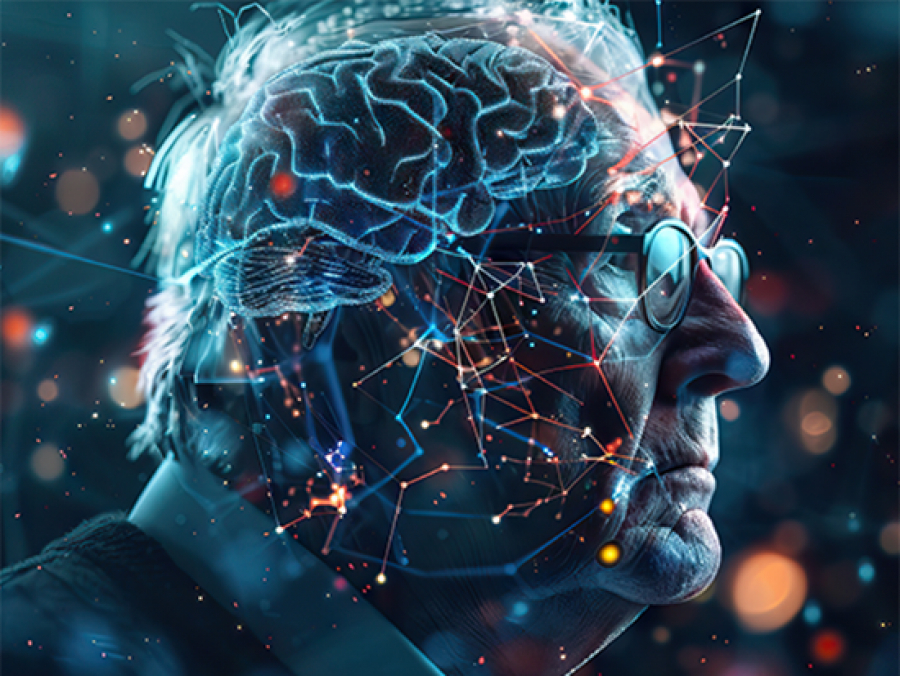
Human proteins identified that explain inter-individual differences in functional brain connectivity
This is a step toward an understanding of the brain that ultimately describes the mechanistic basis of human cognition and behavior.
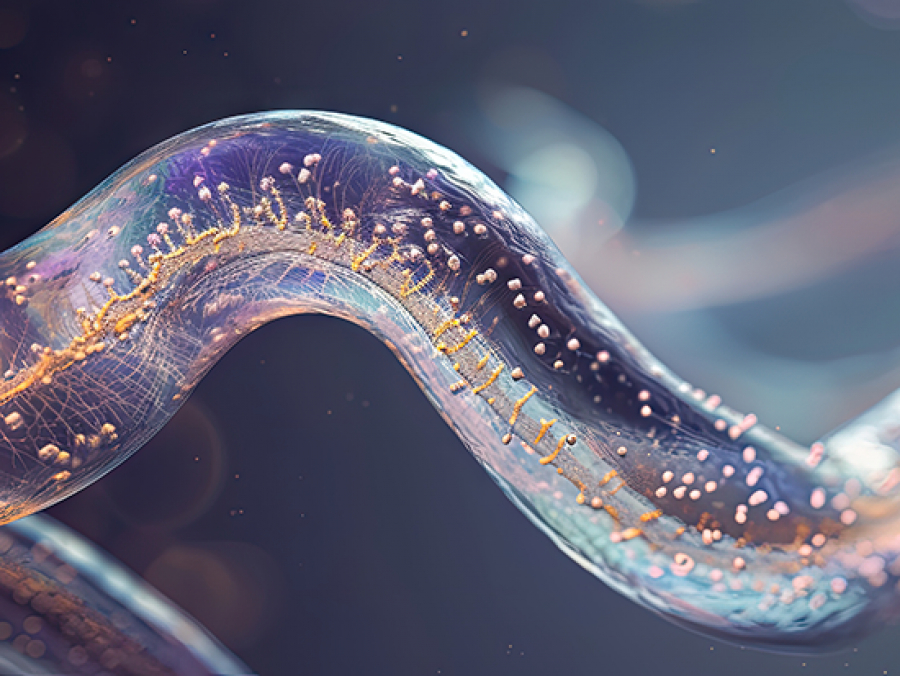
The National Institute on Drug Abuse award is designed to stimulate innovation and potentially transformative research from early stage investigators.
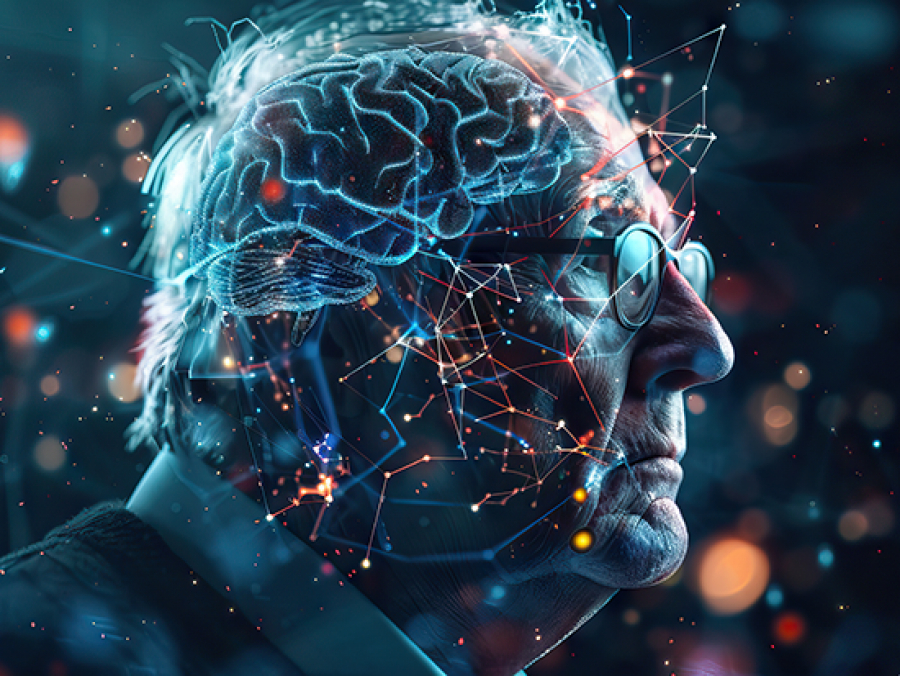
This finding suggests that therapy to remodel synapses could help memory in old age and dementia patients.
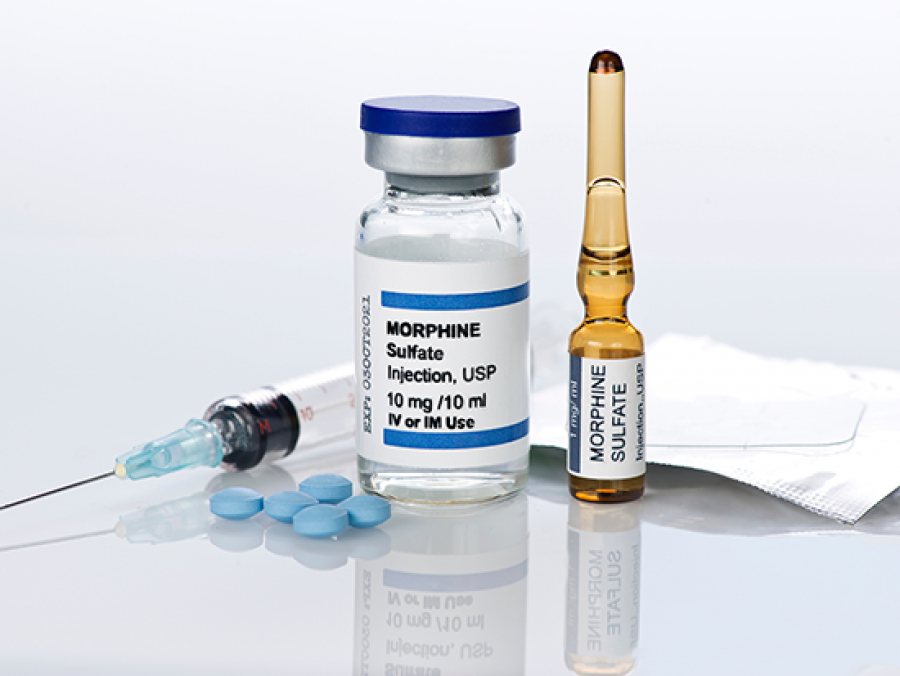
Understanding the mechanisms underlying tolerance and hyperalgesia is essential to enhance morphine’s utility in chronic pain management.
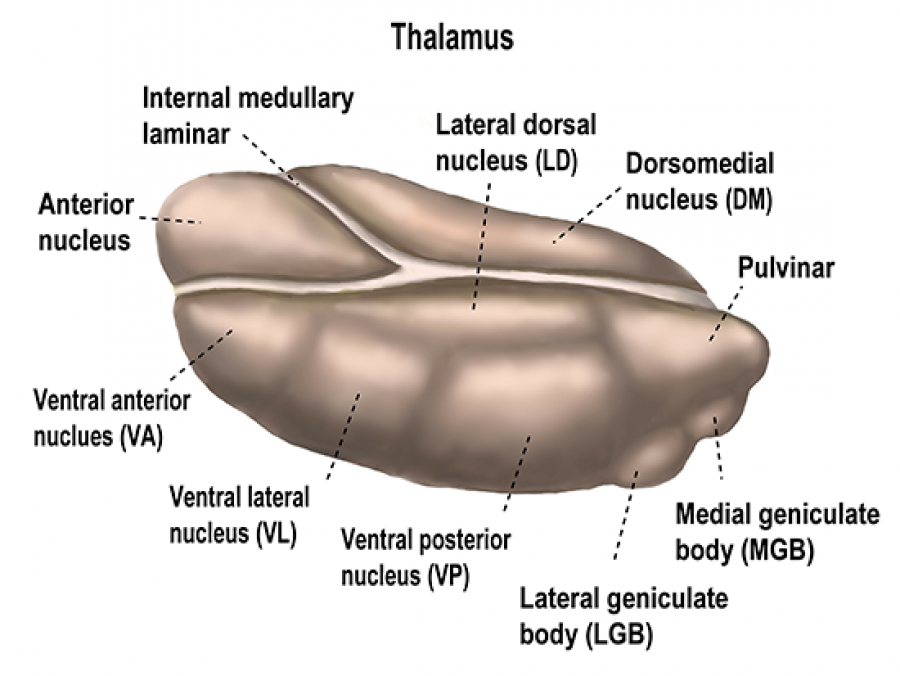
In the mouse brain, two neural pathways were discovered: The first is active during motivation; the second is active only at the termination of motivation. In humans, these pathways could underlie motivational dysfunctions present in various psychiatric conditions.

Merkel cells in fingertips were known to turn mechanical force into an electrical signal, but how that signal transferred to the nerve across the synapse was unknown.
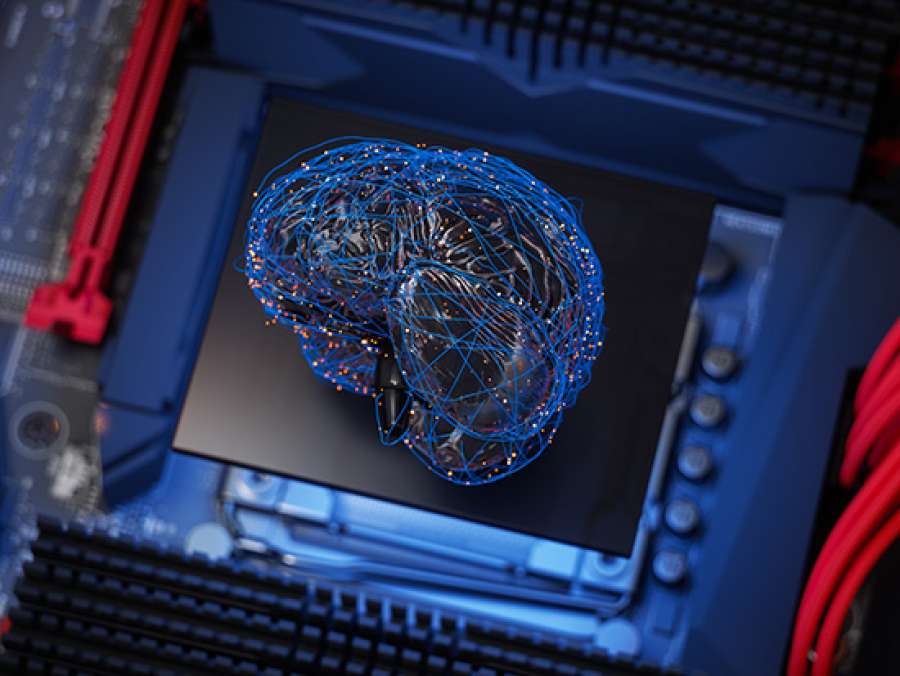
The fields of neuroengineering and brain-computer interfaces could have a tremendous impact on a number of neurologic conditions, such as stroke, neurodegenerative disorders, Parkinson’s disease, dementia and other brain diseases.

Record $95 million Heersink lead gift to advance strategic growth and biomedical innovation.

The list was made by a group that aspires to bolster and increase diversity across all scientific fields, promote retention through the “leaky academic pipeline,” and broaden academic and industrial awareness of diversity and inclusion.